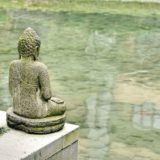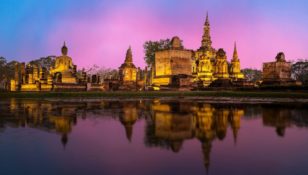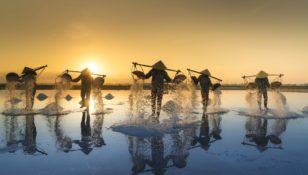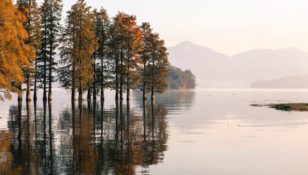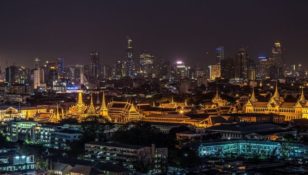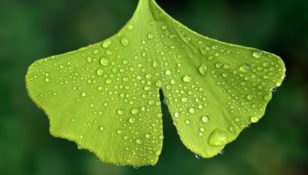Sri Lanka: The Pearl of the Indian Ocean

Introduction:
Sri Lanka, formerly known as Ceylon, is a tropical paradise nestled in the Indian Ocean. With its vibrant culture, stunning natural landscapes, and rich history, this small island nation has captured the hearts of travelers and adventurers alike. In this article, we will delve into the beauty and significance of Sri Lanka, offering valuable insights for those interested in exploring this captivating destination.
A Brief Overview:
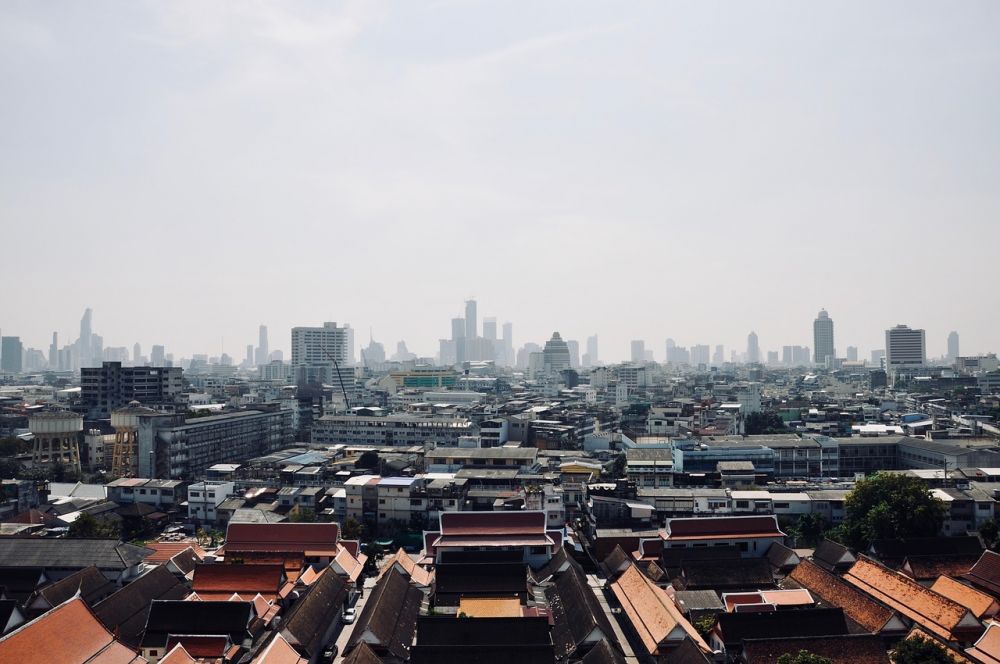
Sri Lanka is a diverse country with a myriad of attractions to discover. With its pristine beaches, lush tea plantations, and UNESCO World Heritage sites, it truly offers something for everyone. Its strategic location along the ancient Silk Road has influenced its history and culture, making it a fascinating blend of indigenous traditions, European colonialism, and South Asian heritage.
Historical Evolution:
To understand the present-day Sri Lanka, we must delve into its rich historical past. The island has been inhabited for thousands of years, with evidence of early human settlements dating back to the Paleolithic era. Over time, various civilizations such as the Sinhalese, Tamils, and Moors have left their mark on the country’s cultural fabric.
One of the notable historical periods in Sri Lanka’s timeline was the arrival of Buddhism in the 3rd century BCE. Buddhism flourished on the island, and magnificent structures, such as the ancient city of Anuradhapura and the Sigiriya rock fortress, were built during this era. These architectural marvels stand as a testament to the country’s ancient glory and are must-visit destinations for travelers.
In the following centuries, Sri Lanka witnessed the rise and fall of various kingdoms, including the Chola Dynasty and the Kingdom of Kandy. European colonial powers, such as the Portuguese, Dutch, and British, also left an indelible mark on the island’s history. Each colonial period brought about cultural, architectural, and economic changes, which can still be seen in Sri Lanka’s cities and towns today.
Sri Lanka gained its independence from British colonial rule in 1948 and became a republic in 1972. Since then, the country has undergone rapid development and has emerged as a prominent player in the global arena.
Key Attractions:
1. Pristine Beaches:
Sri Lanka is renowned for its pristine coastline, boasting golden sands and azure waters. From the popular resorts of Bentota and Negombo to the secluded beaches of Mirissa and Tangalle, there is a beach to suit every traveler’s preference. Visitors can partake in thrilling water sports, soak up the sun, or simply unwind amidst the tranquil surroundings.
2. Cultural Triangle:
The Cultural Triangle, formed by the ancient cities of Anuradhapura, Polonnaruwa, and Sigiriya, is a UNESCO World Heritage site and a treasure trove of historical marvels. Exploring these awe-inspiring ruins allows visitors to transport themselves back in time and grasp the grandeur of Sri Lanka’s storied past.
3. Tea Plantations:
Nestled amidst the misty hills, Sri Lanka’s tea plantations offer a visual treat like no other. The verdant landscapes of Nuwara Eliya and Ella are adorned with endless rows of tea bushes, creating a picturesque sight. Visitors can embark on tea factory tours, where they can witness the intricate process of tea production and indulge in a refreshing cup of world-renowned Ceylon tea.
4. Wildlife Sanctuaries:
Sri Lanka is a biodiverse hotspot with an abundance of national parks and wildlife sanctuaries. Yala National Park is a must-visit destination for wildlife enthusiasts, offering the chance to spot leopards, elephants, and a wide array of avian species. The gentle giants of Sri Lanka, the endemic Sri Lankan elephant, can also be observed in national parks such as Udawalawe and Minneriya.
5. Hill Country:
Escape the tropical heat and ascend to Sri Lanka’s mesmerizing Hill Country. The cool climate of cities like Kandy and Nuwara Eliya offers a refreshing respite, coupled with stunning vistas of cascading waterfalls, emerald green valleys, and mist-covered mountains. The iconic Adam’s Peak, a sacred pilgrimage site, boasts breathtaking sunrise views and is a testament to the country’s spiritual diversity.
Conclusion:
Sri Lanka, with its vibrant cultural heritage and breathtaking landscapes, is an enchanting destination that caters to the whims of adventurous travelers. From its rich historical past to its idyllic beaches, this small island nation offers an unforgettable experience for those willing to explore its hidden gems. Embark on a journey to discover the Pearl of the Indian Ocean and immerse yourself in the warmth and beauty of Sri Lanka.



